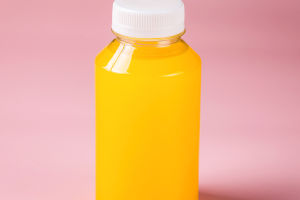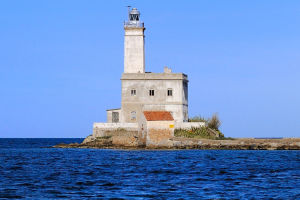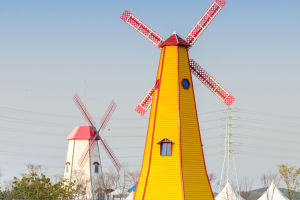When it comes to deserts, everyone's first impression may be the endless sand without life features. In fact, many plants in the desert take root and sprout there. Most of the plants in the desert have more developed root systems .
Due to the high amount of desert evaporation, plants without broad leaves, such as cacti, have evolved into small needle-like thorns. The most important feature of a tree in the desert is its extraordinary drought tolerance.
Trees native to arid or semi-arid regions often have the characteristic of dormancy in the dry season. When the rainy season comes, they quickly absorb water to re-grow and bloom with gorgeous flowers.
During the dry season, their leaves mutate into slender thorns or white hairs, which can reduce the damage of strong sunlight to plants and reduce water evaporation. absorbed by the root system. Next, let's take a look at what plants are in the desert.
1. Haloxylon ammodendron
Haloxylon ammodendron has a very strong growth ability and can survive not only on sand dunes, but also in deserts in saline-alkali zones. They can withstand high temperatures as high as 43°C and low temperatures as low as minus 40°C, and can survive tenaciously in places with a salt content of 3%.
The most important thing is that Haloxylon ammodendron is very resistant to evaporation. We know that during the growth process of many trees, the leaves will continuously evaporate water vapor. If trees are planted in desert areas, even if the trees can survive, it will be caused by the continuous evaporation of water from the leaves. Desert areas are getting drier.
When Haloxylon ammodendron survives in arid desert regions, its leaves degenerate into scales, relying only on the young shoots of the current year for photosynthesis. And in the hottest time, some twigs will automatically fall off, reducing the transpiration area and maximizing the preservation of water in the body from being evaporated.
2. Baobab tree
Baobab tree is a large deciduous tree, distributed in countries in tropical or subtropical Africa such as South Africa, Tanzania and Madagascar, and its distribution is limited to areas with hot and dry climates. Baobab tree can store water in the internal tissue of the trunk, and it is about 20 meters high.
Baobab tree leaves are rich in vitamins and calcium, and are a favorite vegetable for local residents. The young leaves can be used for soup, and the taste is very good. After the leaves are dried and mashed, they can be used as seasonings.
The fruit, leaves and bark of the Baobab tree can be used as medicine, and local residents often use it to treat malaria. Its bark is also rich in cellulose, which can be used to make ropes and strings of musical instruments, and can also be used as a raw material for papermaking. It was also used to make coarse cloth a long time ago.
3. Euphorbia tirucalli
Euphorbia tirucalli is native to the tropical arid regions of East Africa, South Africa. The whole tree has no flowers and no leaves, only the bare branches are left, like sticks inserted into the tree, some people call it "fairy stick".
The stem of Euphorbia tirucalli contains milky white sap, so it is also called "milk tree", and the white milk in its stem can make oil.
Euphorbia tirucalli white emulsion is rich in twelve kinds of hydrocarbons, which are close to the composition of petroleum. Its white color can also be used as a raw material for biogas production, and its biogas output is 5-10 times higher than that of ordinary twigs and green grass. However, the white milk of Euphorbia tirucalli is highly toxic, so be careful when viewing or growing it.
Euphorbia tirucalli is often used as a seaside windbreak or beautification tree due to its drought, salt and wind tolerance.


